 In recent years, there has been a tremendous increase in recognition of the need for access to the arts and music for the special needs community. Music is part of the human experience and all people have a right to be a part of that. Yet, traditional concert events have barriers that are difficult to overcome: bright lights, loud sounds, high cost, and the expectation of proper concert etiquette and behaviour can make attending orchestral concerts impossible for many with special needs. Arts education opportunities that are truly accessible are also few and far between. Physical accessibility is only part of the equation; true accessibility involves removing all barriers, which requires creative thinking on the part of arts organizations.
In recent years, there has been a tremendous increase in recognition of the need for access to the arts and music for the special needs community. Music is part of the human experience and all people have a right to be a part of that. Yet, traditional concert events have barriers that are difficult to overcome: bright lights, loud sounds, high cost, and the expectation of proper concert etiquette and behaviour can make attending orchestral concerts impossible for many with special needs. Arts education opportunities that are truly accessible are also few and far between. Physical accessibility is only part of the equation; true accessibility involves removing all barriers, which requires creative thinking on the part of arts organizations.
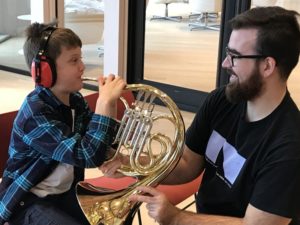 The benefits of taking part in accessible music making and concerts goes beyond just the music (which is a great incentive in itself!). Participating in an accessible adapted music program can facilitate social skill development through encouraging turn taking and engaging with peers. The sensory stimulation provided by making and listening to music in a controlled environment can aid with self-regulation and promote well-being. For parents of children with special needs, the opportunity to engage with the arts in a way that is comfortable for their child is priceless.
The benefits of taking part in accessible music making and concerts goes beyond just the music (which is a great incentive in itself!). Participating in an accessible adapted music program can facilitate social skill development through encouraging turn taking and engaging with peers. The sensory stimulation provided by making and listening to music in a controlled environment can aid with self-regulation and promote well-being. For parents of children with special needs, the opportunity to engage with the arts in a way that is comfortable for their child is priceless.
The National Arts Centre in Ottawa has taken up this cause with dedication to creating a welcoming and adapted environment for the special needs community. Since 2012, the NAC has offered their groundbreaking Music Circle program. This hybrid music education and concert experience is designed to meet the needs of special needs patrons. Small groups participate in a series of hands-on workshops featuring an instrumental family (brass, woodwinds, strings or percussion), followed by a sensory-friendly concert featuring those same instruments. The environment is comfortable, with various seating options, space to move, and a quiet area for breaks as needed. The workshop material is developed to meet the needs of each participant and allow them to interact with the instruments and each other in a way that is comfortable and meaningful for them. The concert is carefully planned to prevent sensory overstimulation. For many, participation in this program has also served as a bridge to attending regular orchestral concerts, and the NAC has facilitated this by offering sensory-friendly pre-concert activities at family concerts. Through the Music Circle program, hundreds of patrons of all ages with special needs have come to learn about the orchestra and have attended concerts designed to meet their needs. As a result, a love of music has been sparked in many, and they feel welcomed and comfortable at the National Arts Centre.
Thank you to Erin Parkes from the Lotus Centre for Special Music Education for writing this guest blog. Erin will be at our national conference talking about orchestras and social inclusion with other experts in the field including Ian Ritchie (Setúbal Music Festival), Faith Scholfield (Windsor Symphony Orchestra), and Elizabeth Simpson (NAC Orchestra).

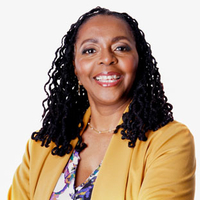 As part of OC’s
As part of OC’s 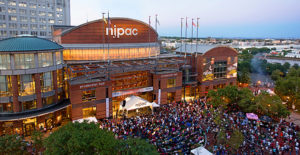 How has this work changed over time? “It’s an evolution. I’ve been involved in this work since 1982,” Donna says. “At that time we didn’t have any terminology for the lack of diversity in audiences, but there was a conversation.” It took a while for organizations to move on what they heard. In the 1990s, people started using the term audience development, and some foundations started putting funds towards this. Over time, audience development became to be seen as a term more concerned with sales, i.e. developing an audience to purchase tickets. The term community engagement represented the next step. “First we have to cultivate the community to be interested in what we’re doing,” Donna says.
How has this work changed over time? “It’s an evolution. I’ve been involved in this work since 1982,” Donna says. “At that time we didn’t have any terminology for the lack of diversity in audiences, but there was a conversation.” It took a while for organizations to move on what they heard. In the 1990s, people started using the term audience development, and some foundations started putting funds towards this. Over time, audience development became to be seen as a term more concerned with sales, i.e. developing an audience to purchase tickets. The term community engagement represented the next step. “First we have to cultivate the community to be interested in what we’re doing,” Donna says. The word Digital invokes a wide spectrum of reactions from arts administrators, from screams of delight to… just screams. Whether capital ‘D’ digital is something that is embedded into your organization’s DNA, or just something that you think the staff millennial does, orchestras are engaging with their audiences on digital platforms in ways that are new, exciting, and scary. In preparation for our
The word Digital invokes a wide spectrum of reactions from arts administrators, from screams of delight to… just screams. Whether capital ‘D’ digital is something that is embedded into your organization’s DNA, or just something that you think the staff millennial does, orchestras are engaging with their audiences on digital platforms in ways that are new, exciting, and scary. In preparation for our 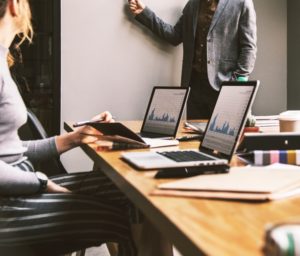 Although conversations about integrating digital technologies into our arts organizations are nothing new, the way we speak about it needs to change. “The term Digital is one of those zeitgeist-y terms,” Fiona says. “It’s a disastrous term that makes people feel inadequate. It’s okay not to know what that word means, because it doesn’t really mean anything.” We tend to use the term as a catch-all for being active online, but don’t always know what this looks like. Orchestras want to be digitally active, but it’s not as simple as just livestreaming everything we do. We need to strategically choose what we present online in order to get the most impact from our limited time and money.
Although conversations about integrating digital technologies into our arts organizations are nothing new, the way we speak about it needs to change. “The term Digital is one of those zeitgeist-y terms,” Fiona says. “It’s a disastrous term that makes people feel inadequate. It’s okay not to know what that word means, because it doesn’t really mean anything.” We tend to use the term as a catch-all for being active online, but don’t always know what this looks like. Orchestras want to be digitally active, but it’s not as simple as just livestreaming everything we do. We need to strategically choose what we present online in order to get the most impact from our limited time and money.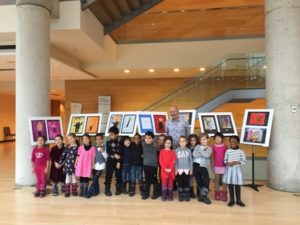 The OM at School provides an opportunity for meaningful encounters between students and musicians, in the form of workshops held in schools, and by welcoming school groups to rehearsals and concerts. Last December, the art works of some 15 kindergarten students at École Notre-Dame-des-Neiges embellished the foyer of the Maison symphonique. The students, who attended the dress rehearsal, were able to see their works on display, and to present one as a gift to conductor Yannick Nézet-Séguin. In preparation for the outing, the students had learned about Schumann’s Piano Concerto, one of the works on the program, and were paid a visit by the OM’s artistic partner, conductor Nicolas Ellis, who answered their questions.
The OM at School provides an opportunity for meaningful encounters between students and musicians, in the form of workshops held in schools, and by welcoming school groups to rehearsals and concerts. Last December, the art works of some 15 kindergarten students at École Notre-Dame-des-Neiges embellished the foyer of the Maison symphonique. The students, who attended the dress rehearsal, were able to see their works on display, and to present one as a gift to conductor Yannick Nézet-Séguin. In preparation for the outing, the students had learned about Schumann’s Piano Concerto, one of the works on the program, and were paid a visit by the OM’s artistic partner, conductor Nicolas Ellis, who answered their questions.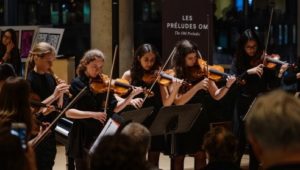 Playing it Forward aims to provide a forum for young musicians and to support their development through mentoring, master classes and other activities. The
Playing it Forward aims to provide a forum for young musicians and to support their development through mentoring, master classes and other activities. The